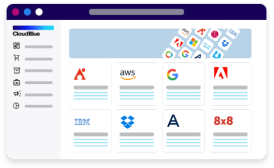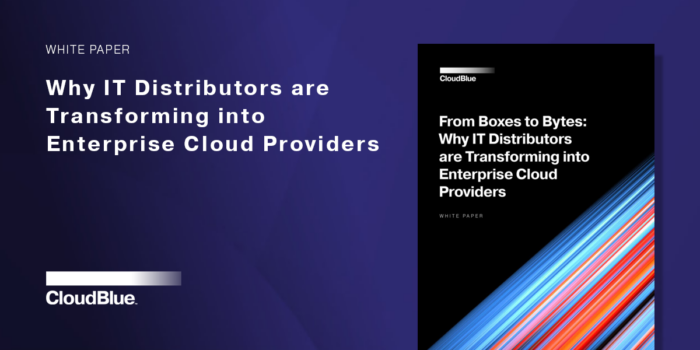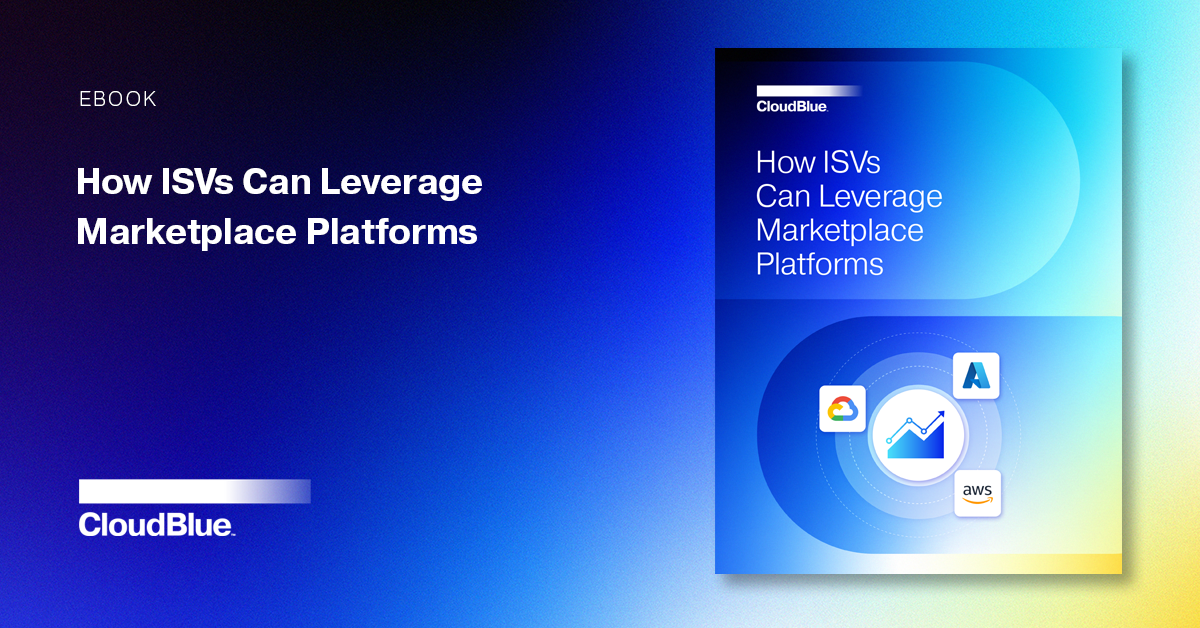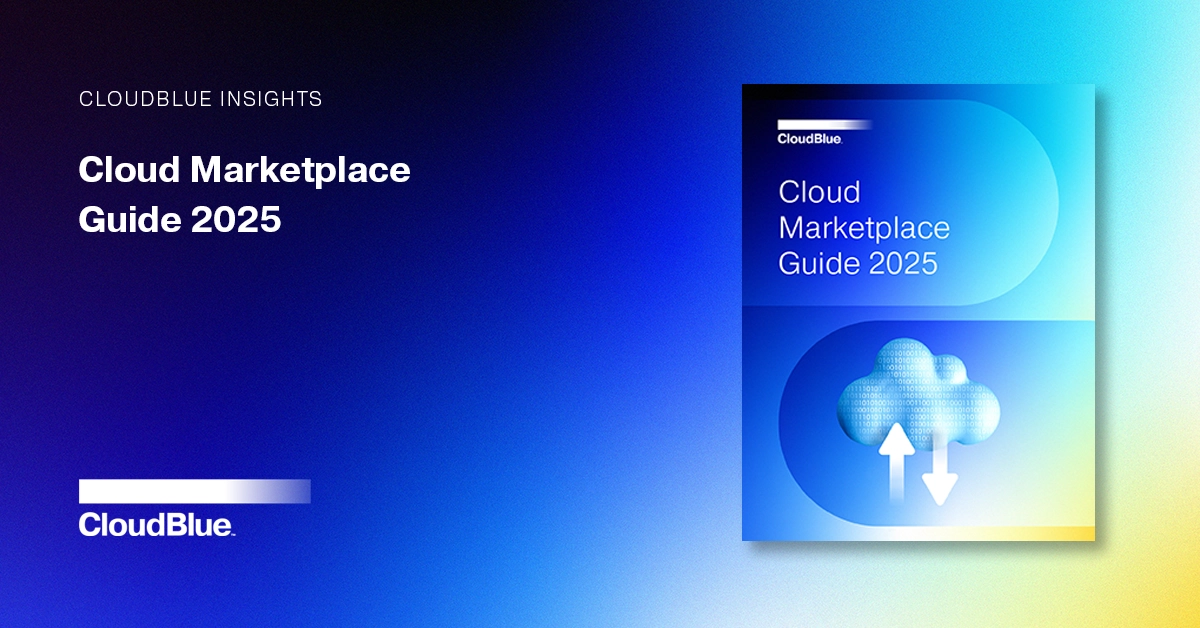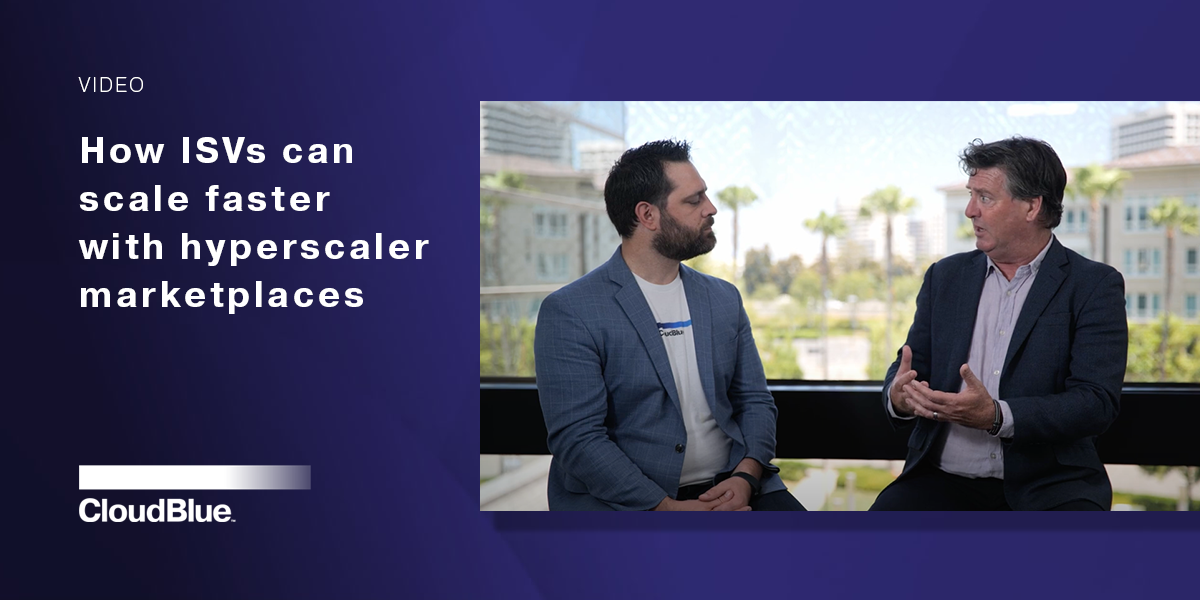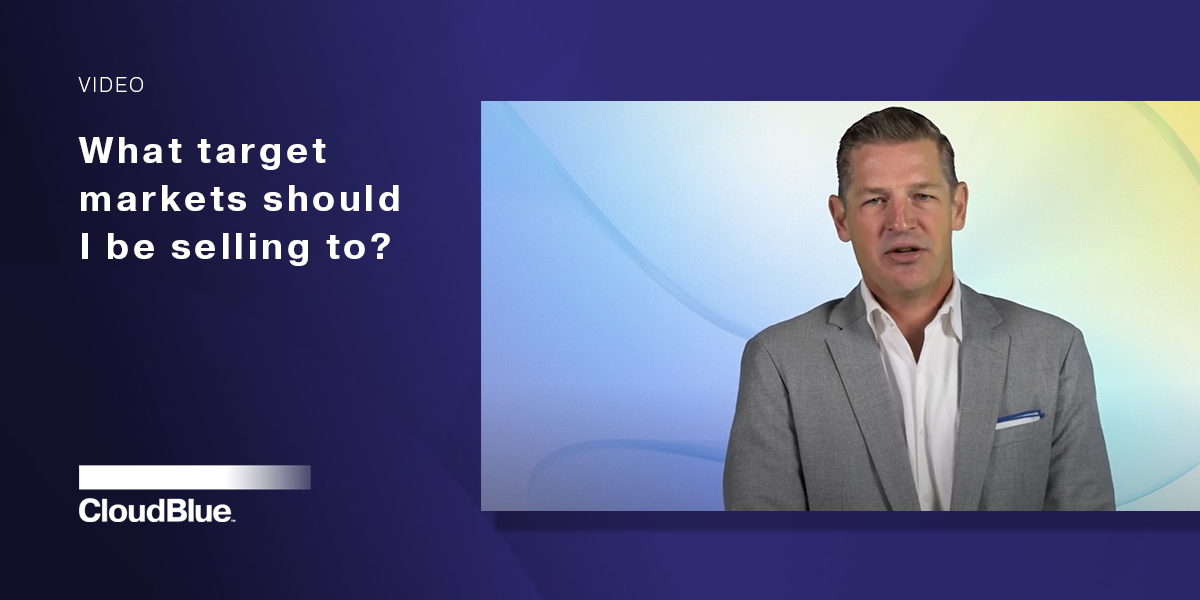This white paper navigates the transformation of IT Distributors into Enterprise Cloud Providers, addressing critical aspects such as the potential for higher margins with XaaS, traditional business transformation strategies, the evolution into Next Generation Cloud Enterprise computing solution providers, and a structured 3-step digital transformation journey.
The document provides insights into the strategic shift from conventional practices to adapting to a digital-centric landscape. Download this comprehensive white paper for a deeper understanding of the evolving role of IT Distributors in the contemporary digital era.

